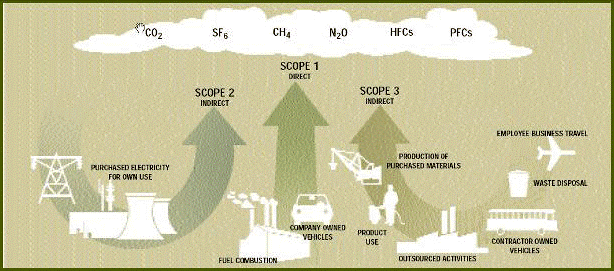Calculating the carbon footprint of a product means determining the value of greenhouse gas emissions by analyzing all the operations performed throughout its life cycle.
The method of calculating the Carbon Footprint of a product or service is based on the requirements and contents of the Technical Specification UNI EN ISO 14067 – Greenhouse gases – Carbon footprint of products, the same LCA (Life Cycle Assessment) working methodology, i.e. on the principle of consider all stages of the product life cycle.
The standardized method makes it possible to quantify the overall environmental load of the product, to know the quality and quantity of the resources used during the production process and to optimize future processes.
ISO / TS 14067 refers to all the phases covered by the Product Category Rules (PCR), or guidelines and specific shared rules to be followed to develop the LCA for each type of product or service.
The measurement process in which the inventory is built that includes all phases of the product’s life (production, use, end of life) and analyzes the data collected directly from measurements or calculations based on direct measurements (example: electricity, gas natural, water consumed for the production of the product, energy consumption during the use of the product, etc.).
The process of reducing the carbon footprint through the progressive reduction of greenhouse gas emissions implemented by monitoring the results and performance achieved.
The opportunity to offset the carbon emissions of a product or service (carbon neutral or carbon free product) through the purchase or production of CO2 savings certificates such as VER (Verified Emission Reduction) credits recognized according to international standards guarantee of the scientificity and correctness of the calculation made.
The methods for product reporting in which obtaining the certification and communicating the label are made public in order to inform customers of their social and environmental commitment.
 English
English




